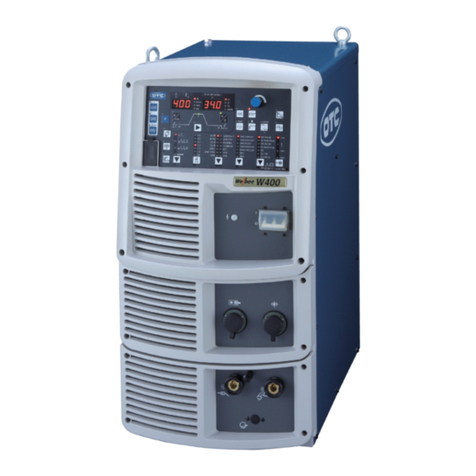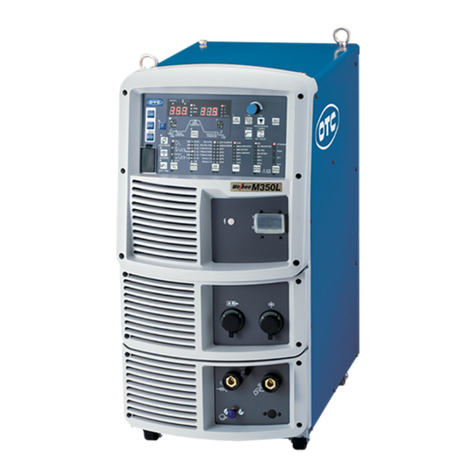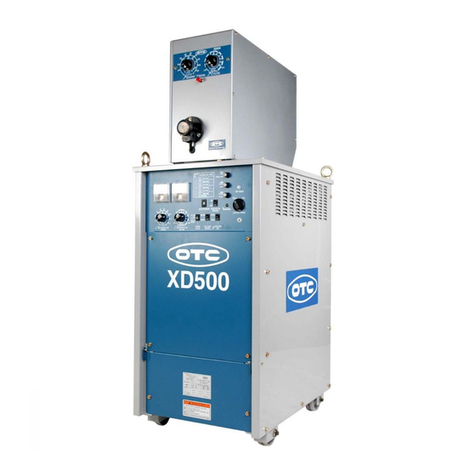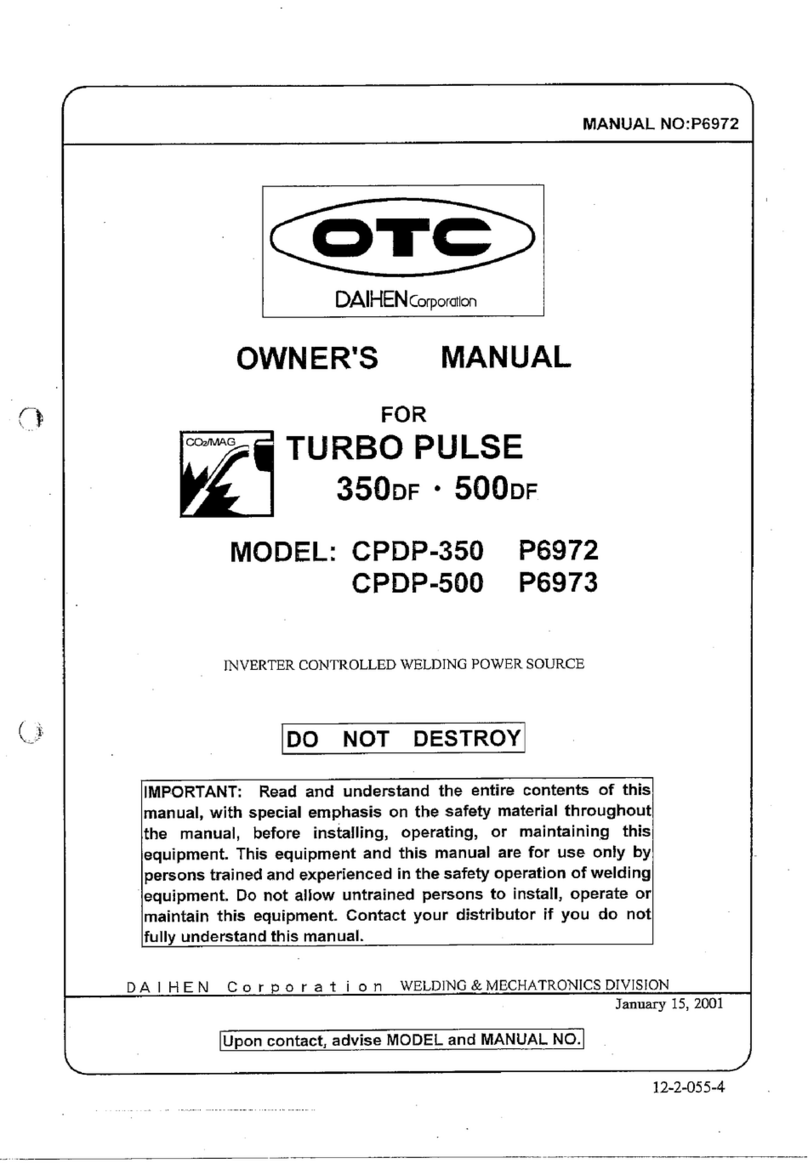
T
ABLE
OF
C
ONTENTS
2
TABLE OF CONTENTS
Forward
Service and Support
Important Information. . . . . . . . . . . . . . . . . . . . . . . . . . . 1
Use of the Product . . . . . . . . . . . . . . . . . . . . . . . . . . . . . . . . . . . 1
Safe Use of the Product . . . . . . . . . . . . . . . . . . . . . . . . . . . . . . . 1
Copyright . . . . . . . . . . . . . . . . . . . . . . . . . . . . . . . . . . . . . . . . . . 1
When Exporting the Product. . . . . . . . . . . . . . . . . . . . . . . . . . . . 1
Disposal of the Product . . . . . . . . . . . . . . . . . . . . . . . . . . . . . . . 1
CHAPTER 1 SAFETY INFORMATION
1.1 Warning Symbols . . . . . . . . . . . . . . . . . . . . . .4
1.2 Safety Precaution . . . . . . . . . . . . . . . . . . . . . .5
1.2.1 Operating precautions . . . . . . . . . . . . . . . . . . . . . . . . . . 5
1.2.2 Precautions for power supply and electric shock. . . . . . 6
1.2.3 Precautions for handling of plastic parts . . . . . . . . . . . . 7
1.2.4 Precautions for disassembling and modifying the
welding power source . . . . . . . . . . . . . . . . . . . . . . . . . . 7
1.2.5 Precautions for air discharge and use of respiratory
protective equipment . . . . . . . . . . . . . . . . . . . . . . . . . . . 7
1.2.6 Precaution for protective equipment . . . . . . . . . . . . . . . 8
1.2.7 Precautions for flammable materials . . . . . . . . . . . . . . . 9
1.2.8 Precautions for gas cylinder and gas regulator . . . . . . 10
1.2.9 Precautions for rotating part . . . . . . . . . . . . . . . . . . . . 10
1.3 Principal Safety Standards . . . . . . . . . . . . .11
CHAPTER 2 PRODUCT SPECIFICATION
AND CONFIGURATION
2.1 Specification . . . . . . . . . . . . . . . . . . . . . . . . .12
2.1.1 Specifications. . . . . . . . . . . . . . . . . . . . . . . . . . . . . . . . 12
2.1.2 Applicable welding process . . . . . . . . . . . . . . . . . . . . 13
2.1.3 External dimensions . . . . . . . . . . . . . . . . . . . . . . . . . . 15
2.1.4 Rated duty cycle . . . . . . . . . . . . . . . . . . . . . . . . . . . . . 16
2.2 Product Configuration . . . . . . . . . . . . . . . . .18
2.2.1 Standard composition . . . . . . . . . . . . . . . . . . . . . . . . . 18
2.2.2 Accessory (supplied) . . . . . . . . . . . . . . . . . . . . . . . . . . 20
2.2.3 Accessory (not supplied) . . . . . . . . . . . . . . . . . . . . . . . 21
2.2.4 Optional accessories . . . . . . . . . . . . . . . . . . . . . . . . . . 21
2.3 Part Names . . . . . . . . . . . . . . . . . . . . . . . . . .23
2.3.1 Front panel. . . . . . . . . . . . . . . . . . . . . . . . . . . . . . . . . . 23
2.3.2 Rear panel . . . . . . . . . . . . . . . . . . . . . . . . . . . . . . . . . . 24
2.3.3 Operation panel . . . . . . . . . . . . . . . . . . . . . . . . . . . . . . 24
CHAPTER 3 TRANSPORTATION AND
INSTALLATION
3.1 Required Equipment. . . . . . . . . . . . . . . . . . .26
3.1.1 Welding power source equipment . . . . . . . . . . . . . . . . 26
3.1.2 Ventilation equipment/partial exhaust facility. . . . . . . . 27
3.2 Installation Environment . . . . . . . . . . . . . . .28
3.2.1 Installation environment. . . . . . . . . . . . . . . . . . . . . . . . 28
3.2.2 Electromagnetic interference . . . . . . . . . . . . . . . . . . . . 28
3.3 Transportation Procedure . . . . . . . . . . . . . .29
3.3.1 Transportation with lifting lug . . . . . . . . . . . . . . . . . . . . 30
3.3.2 Manual transportation with carts . . . . . . . . . . . . . . . . . 31
CHAPTER 4 CONNECTION
4.1 Precautions for Connection Procedure
and Grounding . . . . . . . . . . . . . . . . . . . . . . .32
4.2 Connecting the Welding Power Source . . .33
4.2.1 Connection of cable at output side . . . . . . . . . . . . . . . 34
4.2.2 Connection of wire feeder . . . . . . . . . . . . . . . . . . . . . . 35
4.2.3 Connection of welding torch . . . . . . . . . . . . . . . . . . . . . 36
4.2.4 Connection of analog remote control (optional)
(In using analog remote control). . . . . . . . . . . . . . . . . . 37
4.2.5 Connection of voltage detection cable
(In using voltage detection cable). . . . . . . . . . . . . . . . . 38
4.2.6 Connection at MMA welding. . . . . . . . . . . . . . . . . . . . . 40
4.2.7 Connection of shield gas . . . . . . . . . . . . . . . . . . . . . . . 41
4.2.8 Connection of water hose
(In using the water welding torch) . . . . . . . . . . . . . . . . 42
4.3 Grounding and Connection of Input Power
Supply . . . . . . . . . . . . . . . . . . . . . . . . . . . . . .43
4.4 Confirmation of Connection . . . . . . . . . . . .44
4.5 Connection of External Equipment. . . . . . .44
4.5.1 Connection of robot . . . . . . . . . . . . . . . . . . . . . . . . . . . 44
4.5.2 Connection of automatic machine . . . . . . . . . . . . . . . . 46
4.6 Wiring of Voltage Detection Cable at Base
Metal Side . . . . . . . . . . . . . . . . . . . . . . . . . . . 49
4.6.1 Wiring to welding power source . . . . . . . . . . . . . . . . . . 49
4.6.2 Wiring example of voltage detection cable. . . . . . . . . . 50
CHAPTER 5 WELDING OPERATION
5.1 Precaution at Welding Operation . . . . . . . . 51
5.1.1 Precautions for air discharge and use of respiratory
protective equipment . . . . . . . . . . . . . . . . . . . . . . . . . . 51
5.1.2 Precaution for protective equipment. . . . . . . . . . . . . . . 52
5.1.3 Precautions on welding place. . . . . . . . . . . . . . . . . . . . 52
5.2 Check before Welding . . . . . . . . . . . . . . . . .52
5.3 Power ON and Gas Supply . . . . . . . . . . . . .54
5.4 Wire Inching . . . . . . . . . . . . . . . . . . . . . . . . .55
5.5 Check and Setting of Welding
Condition . . . . . . . . . . . . . . . . . . . . . . . . . . . . 57
5.5.1 Reading welding condition . . . . . . . . . . . . . . . . . . . . . . 57
5.5.2 Preventing erroneous operation on operation
panel. . . . . . . . . . . . . . . . . . . . . . . . . . . . . . . . . . . . . . . 57
5.6 Performing Welding Operation . . . . . . . . . .58
5.6.1 Operation of welding start . . . . . . . . . . . . . . . . . . . . . . 58
5.6.2 Operation during welding . . . . . . . . . . . . . . . . . . . . . . . 60
5.6.3 Operation at welding end . . . . . . . . . . . . . . . . . . . . . . . 62
CHAPTER 6 WELDING CONDITION
6.1 List of Welding JOB . . . . . . . . . . . . . . . . . . .63
6.1.1 Parameter (Welding parameter). . . . . . . . . . . . . . . . . . 63
6.1.2 Function . . . . . . . . . . . . . . . . . . . . . . . . . . . . . . . . . . . . 63
6.1.3 Internal function . . . . . . . . . . . . . . . . . . . . . . . . . . . . . . 64
6.2 Function on Operation Panel. . . . . . . . . . . .69
6.2.1 Configuration of operation panel . . . . . . . . . . . . . . . . . 69
6.2.2 Basic operation of touch panel . . . . . . . . . . . . . . . . . . . 70
6.2.3 Main screen functions . . . . . . . . . . . . . . . . . . . . . . . . . 71
6.3 Welding JOB . . . . . . . . . . . . . . . . . . . . . . . . .74
6.3.1 Basic welding JOB . . . . . . . . . . . . . . . . . . . . . . . . . . . . 74
6.3.2 Useful functions . . . . . . . . . . . . . . . . . . . . . . . . . . . . . . 74
6.4 Preparing Welding JOB . . . . . . . . . . . . . . . .75
6.5 Memory Function of Welding JOB . . . . . . .75
6.5.1 Basic configuration of JOB list screen . . . . . . . . . . . . . 76
6.5.2 Memory Function . . . . . . . . . . . . . . . . . . . . . . . . . . . . . 77
6.5.3 Read out of welding JOB . . . . . . . . . . . . . . . . . . . . . . . 79
6.5.4 Deletion of memory registration . . . . . . . . . . . . . . . . . . 82































